Kogane Meshi (黄金飯) is a special and old rice dish that comes from the Chichibu area in Saitama Prefecture, Japan. This article will explore the interesting past, main ingredients, and cultural importance of this unique Japanese food. The dish’s identity is strongly tied to its specific place and food traditions, which gives us a clear starting point for learning about it. By understanding where it came from and what they made it of, we can appreciate Kogane Meshi not just as a meal, but as a piece of local history and old stories.
What is Kogane meshi?
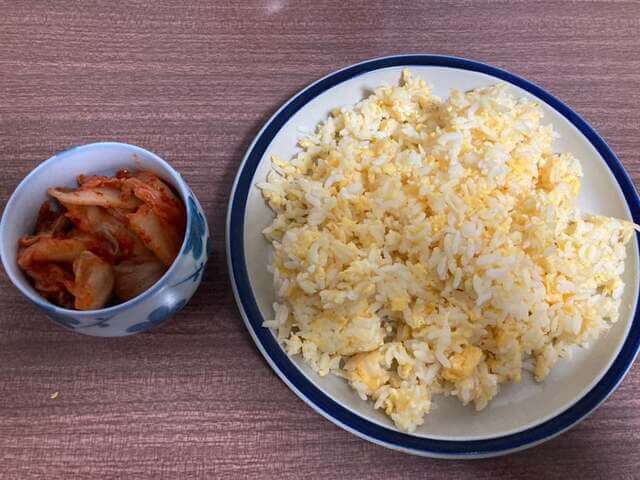
Basically, Kogane Meshi is a rice dish whose name, “Kogane Meshi,” means “golden rice”. This name is very important to what it is, showing both how it looks and how valuable it was seen. Traditionally, the dish uses different kinds of millet, specifically foxtail millet (あわ), barnyard millet (ひえ), and proso millet (きび). These grains give the dish its special golden color. While some stories might mention other ingredients like chestnuts or sweet potatoes as part of local foods , the main parts of traditional Kogane Meshi are these specific millets. These millets were easy to find and grew well in the mountains of Chichibu , showing that Kogane Meshi came from using strong, local grains in a practical way.
The fact that locals called this dish “golden rice” and praised for its shiny, golden look by important people, as told in its origin stories, suggests it was famous as something precious and lucky.
Kogane meshi History
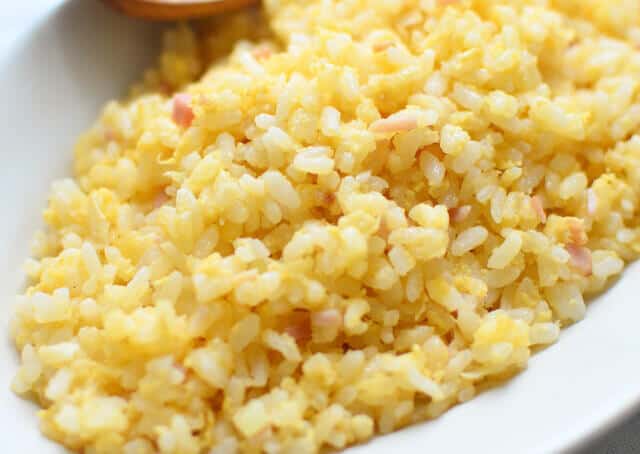
The history of Kogane Meshi consists of richer by two main stories about its beginning, both of which highlight the dish’s highly regarded “golden” look. One story says that a powerful lord traveling through Chichibu saw the dish and amazed by its sparkling, golden appearance that he praised its beauty, giving it its name. An older story places its beginnings in the Asuka period, a very important time in Japanese history. During this time, they dug up copper in Chichibu to make Japan’s first official coins, called Wado Kaichin. The men who carried this copper to Nara ate millets grown in the mountains. The Emperor himself, when he saw these golden-colored foods, called them “Kogane” (gold) and found them delicious.
However, because of its historical connections and striking look, Kogane Meshi became a symbolic dish. Now mainly served during festivals and celebrations in the Chichibu region, showing how a traditional food can gain deeper, celebratory meanings and become a treasured part of community heritage.
Final Thoughts

Kogane Meshi is a special, golden, millet-based rice dish from Chichibu, Saitama Prefecture, with deep historical roots and celebrated in today’s festivals. Its journey from a simple meal for survival to a dish honored for special events shows the rich connection between local resources, historical happenings, and cultural appreciation.
For those who want to explore more of Japan’s varied rice dishes, other great options offer different food experiences. These include the versatile Donburi (Japanese rice bowls with different toppings), and the easy-to-carry and popular Onigiri (rice balls).
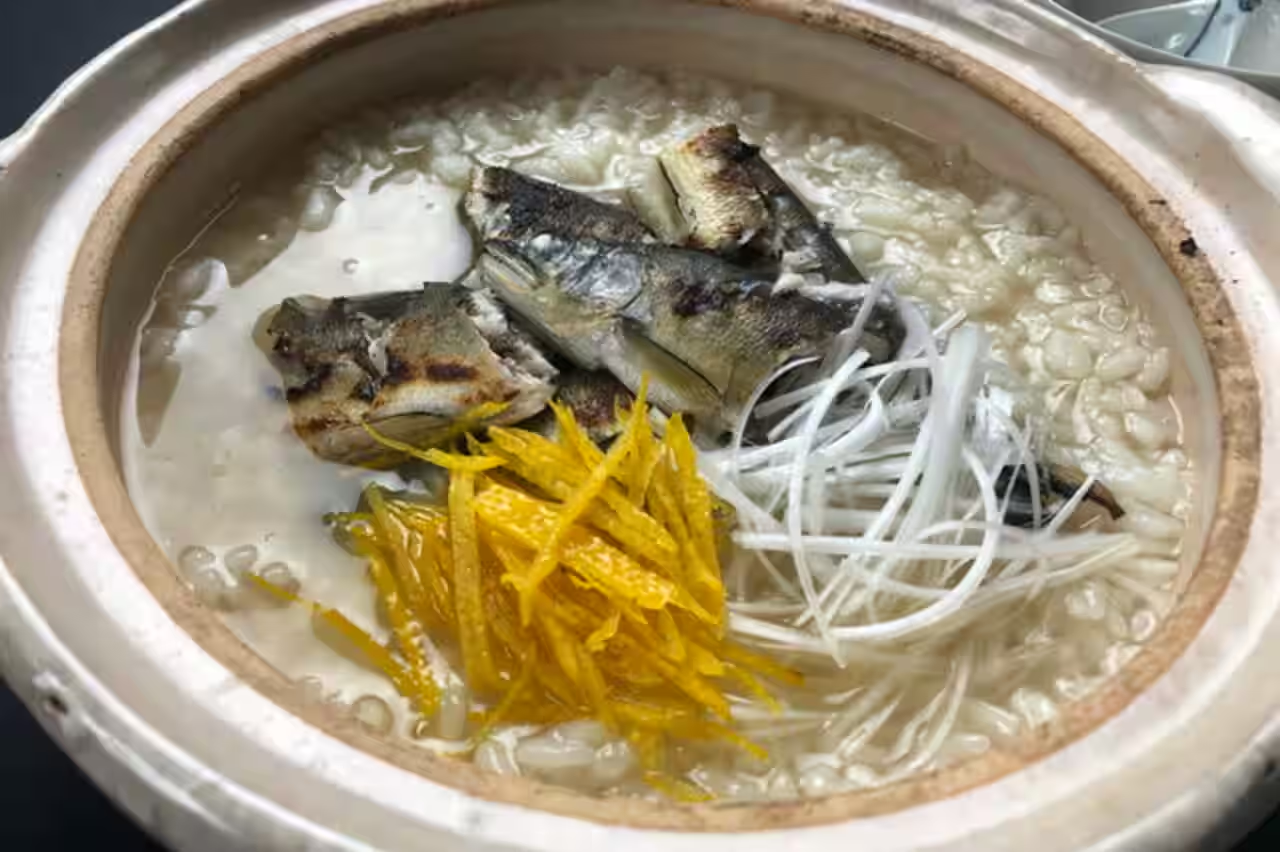
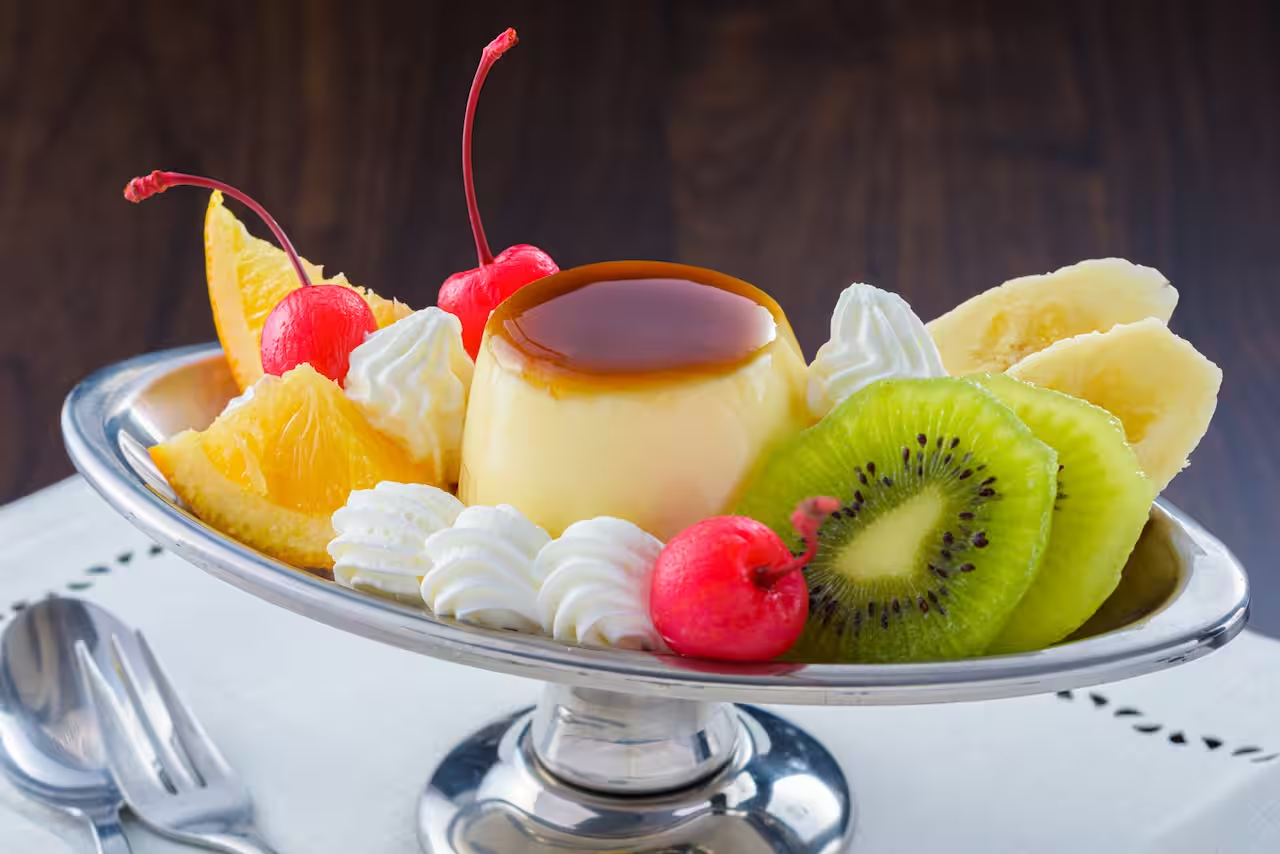

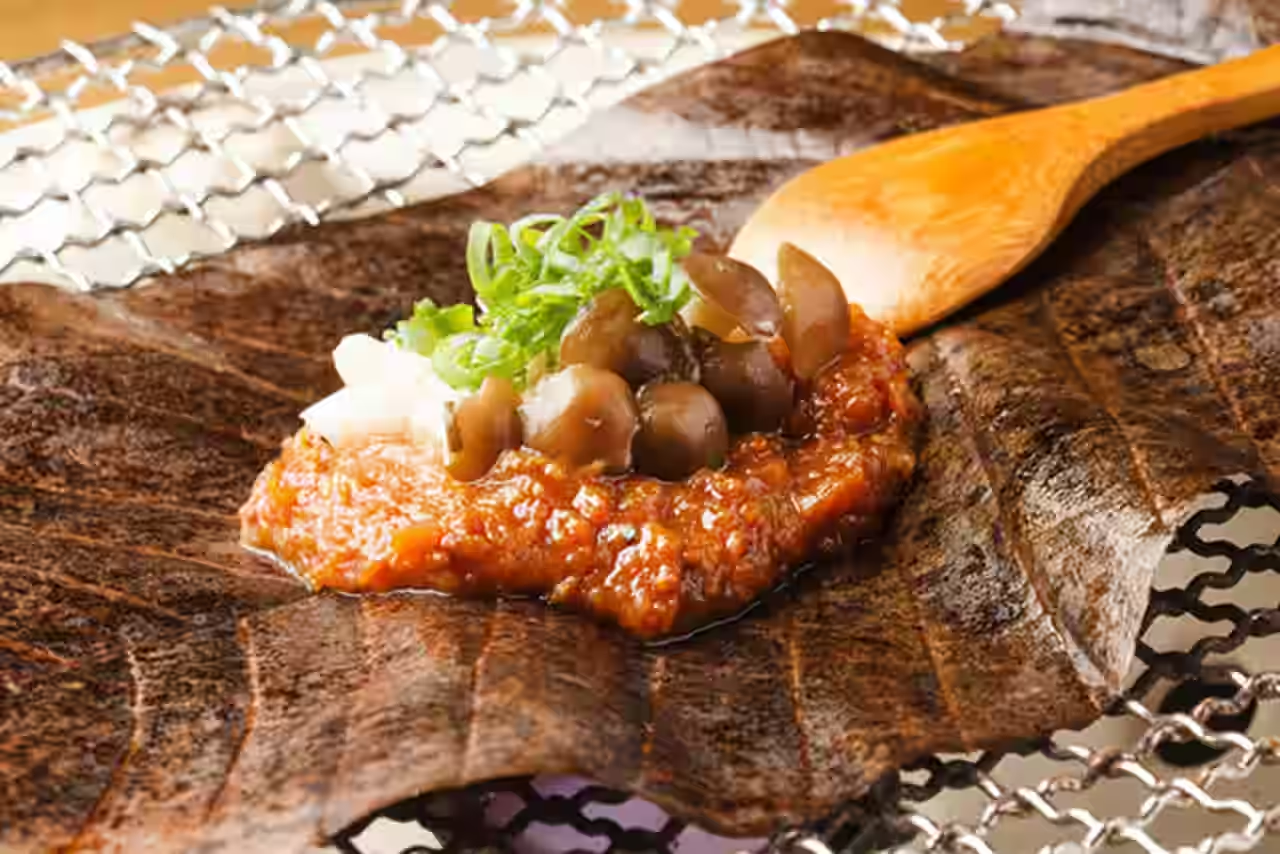


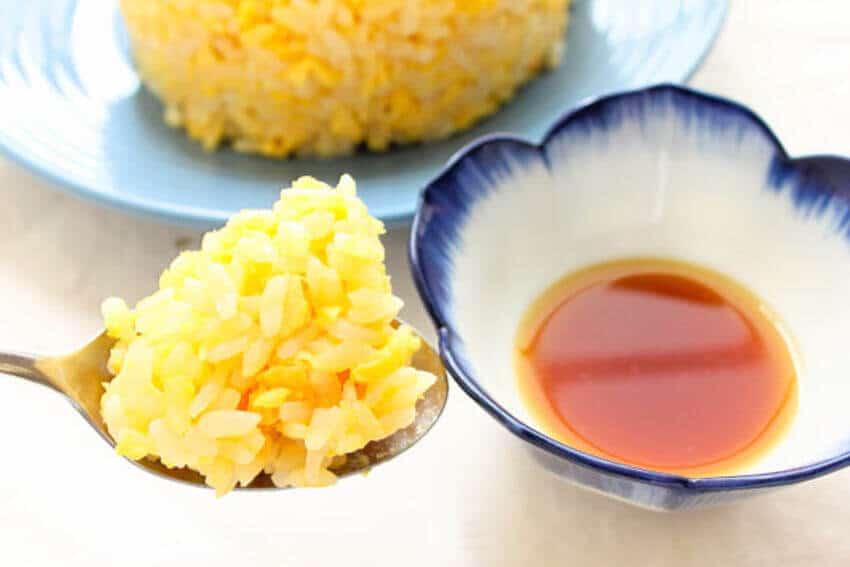
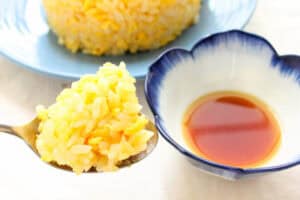
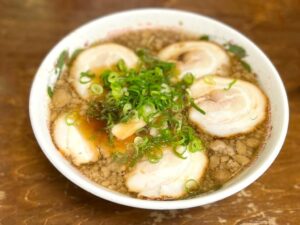
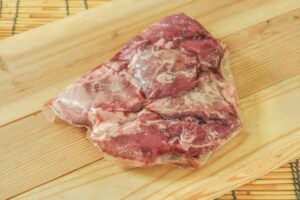
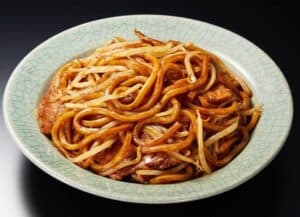
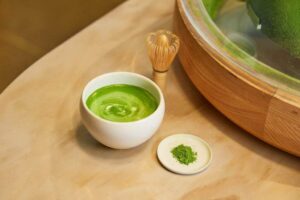
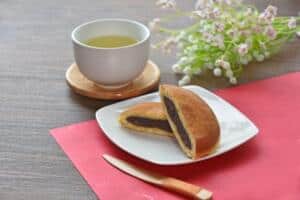
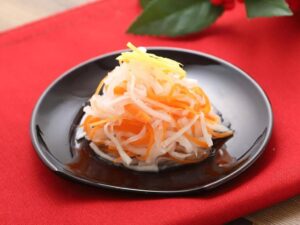
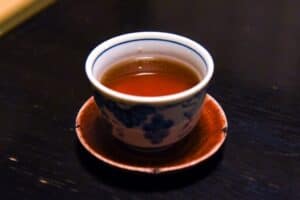
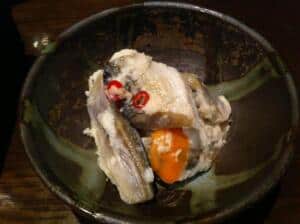
Comments